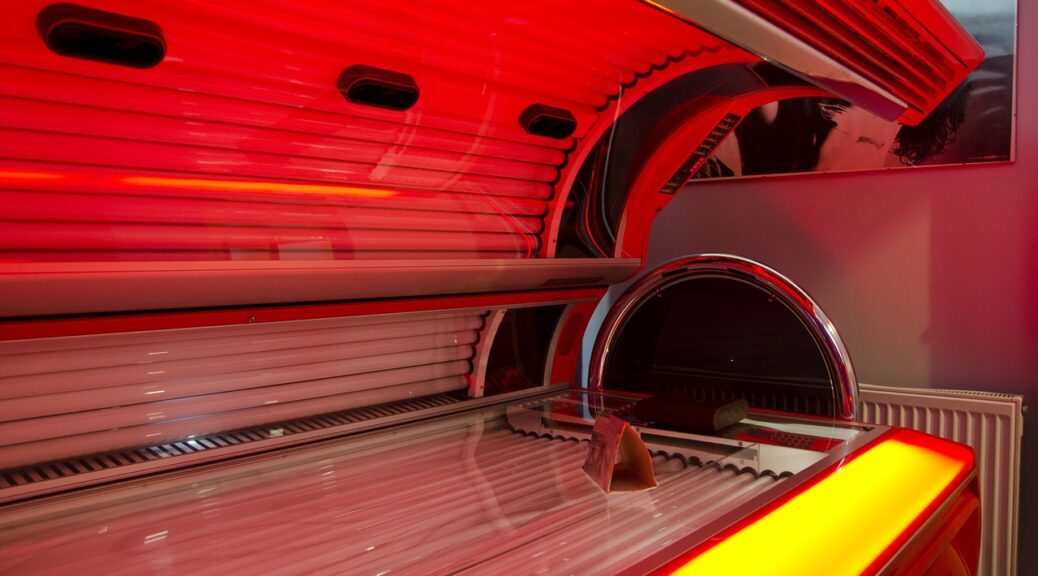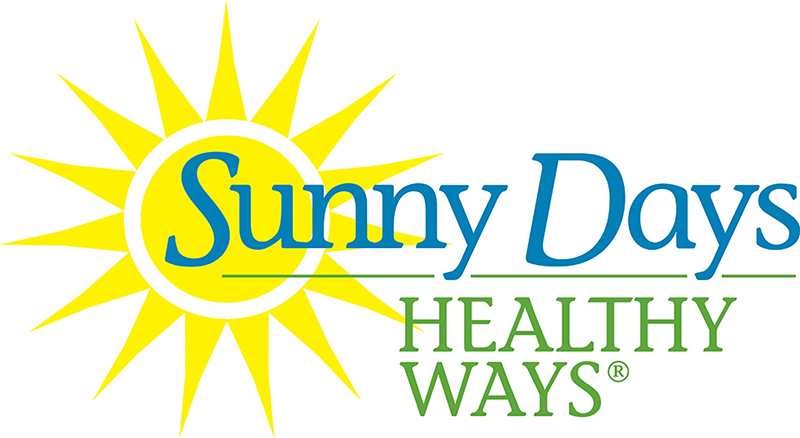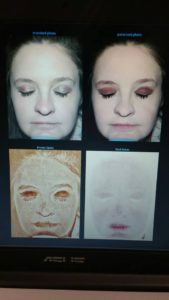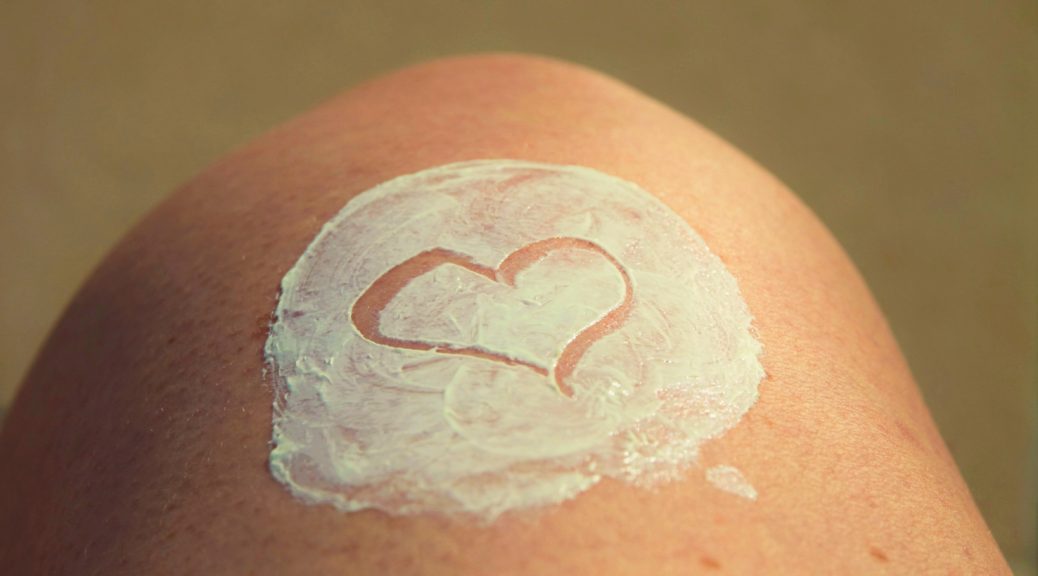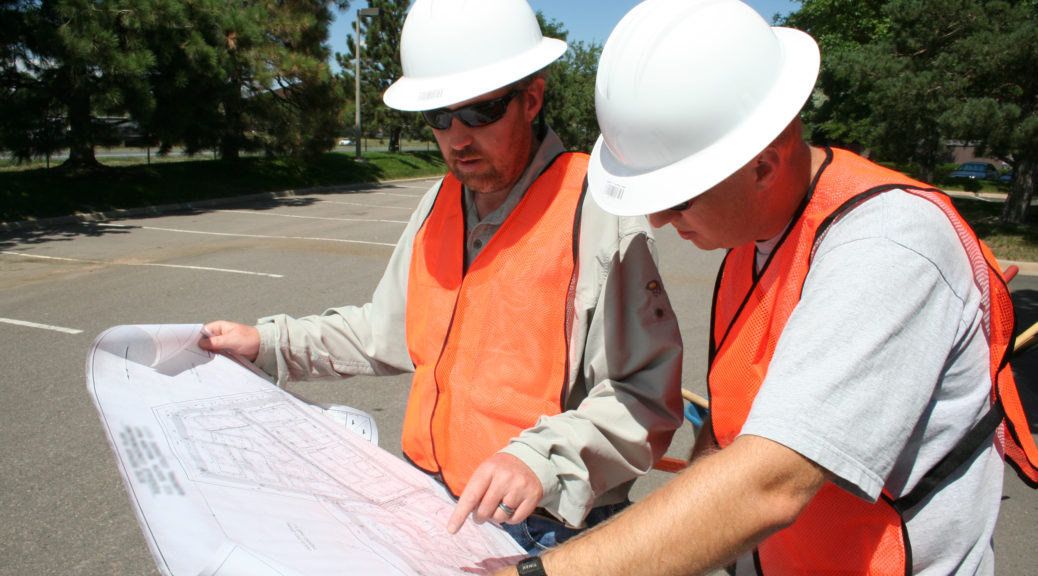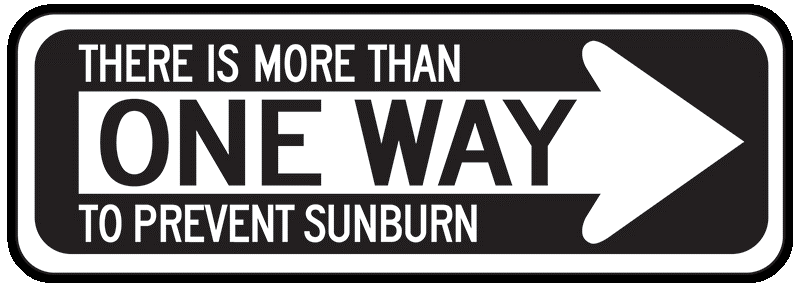Dr. Robert Dellavalle presented Sun Safety Ink! at the 4th International Conference on UV and Skin Cancer Prevention in Toronto, Canada May 1-4, 2018. His presentation focused on formative research conducted by Klein Buendel and the University of Colorado Denver to develop a skin cancer prevention training program for tattoo artists.
Twenty-five percent (25%) of American adults have a tattoo, and higher rates are found among younger generations. Sun safety promotions to young adults are significant because risk factors are elevated for this population. Tattoo artists may be ideal sources for delivering effective sun safety interventions to this hard-to-reach, at-risk population because sun safety is recommended for tattoo aftercare and the long-term.
Semi-structured interviews with tattoo artists and focus groups with tattooed individuals gathered input on the design of the Sun Safety Ink! (SSI!) online training program for tattoo artists. Tattoo artists had limited knowledge of skin cancer but reported that they alert clients if they observe skin abnormalities. All artists provided written and verbal aftercare instructions that included sun safety recommendations, but only for tattoos. Artists were interested in the SSI! training program. They suggested the use of video training scenarios to help artists learn to communicate with clients and that information about skin cancer (such as statistics and causes), conversation starters, and examples of sun safety practices be included.
Focus group participants had low levels of sun protection. Participants reported most artists do not discuss health topics but were positive about receiving skin cancer prevention messages, especially during lengthy tattoo sessions. Participants noted that sun safety advice from an artist might make a difference in protecting all of their skin not just tattoos. They recommended that artist deliver sun protection information multiple times while the client is getting the tattoo, during follow-up visits, by text message, in aftercare instructions with pictures or skin cancer facts, and via social media.
Both artists and clients were supportive of SSI! Artists are viewed as a trusted source of information and have the potential to impact clients’ sun safety practices. Suggestions regarding training content and format will be incorporated into an online training for tattoo artists.
This research was funded by a grant from the National Cancer Institute (R01CA206569; Dr. Barbara Walkosz and Dr. Robert Dellavalle, Multiple Principal Investigators). Collaborators include Dr. Barbara Walkosz, Dr. David Buller, Mary Buller, Rachel Eye, and Savanna Olivas from Klein Buendel; and Dr. Dellavalle from the University of Colorado, Denver.
Klein Buendel was one of the North American hosts of the UV 2018 conference. The conference was organized by a joint planning committee of skin cancer prevention experts in Canada and the United States from Ryerson University in Toronto, the Canadian Dermatology Association in Ottawa, and Klein Buendel in Denver.

